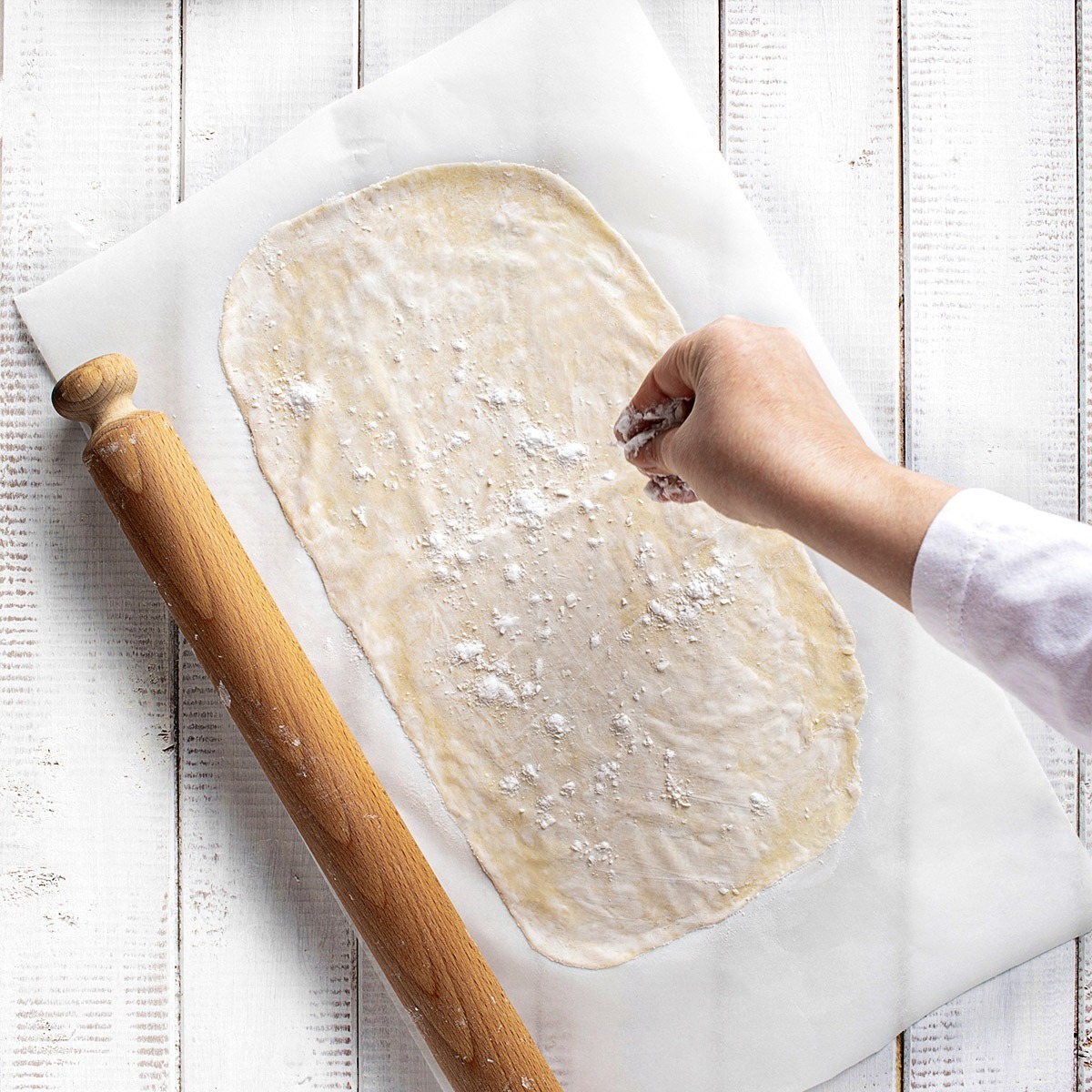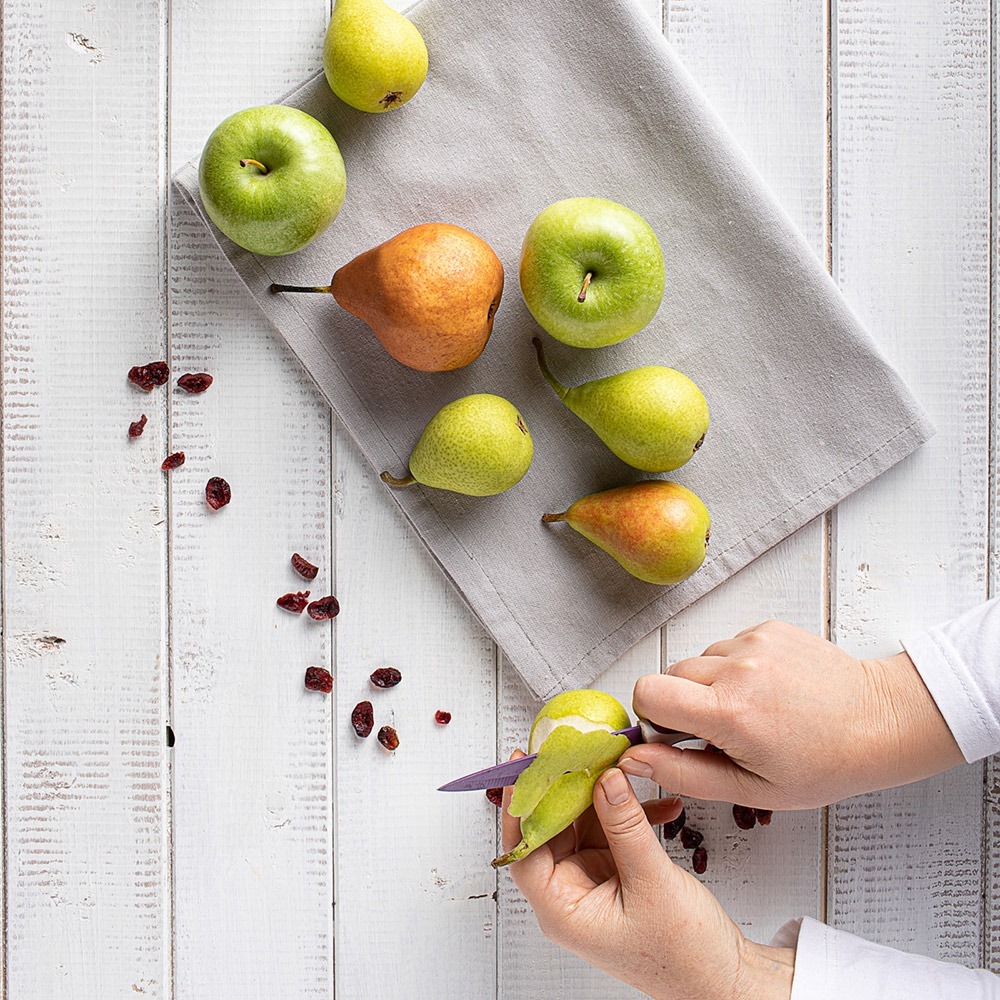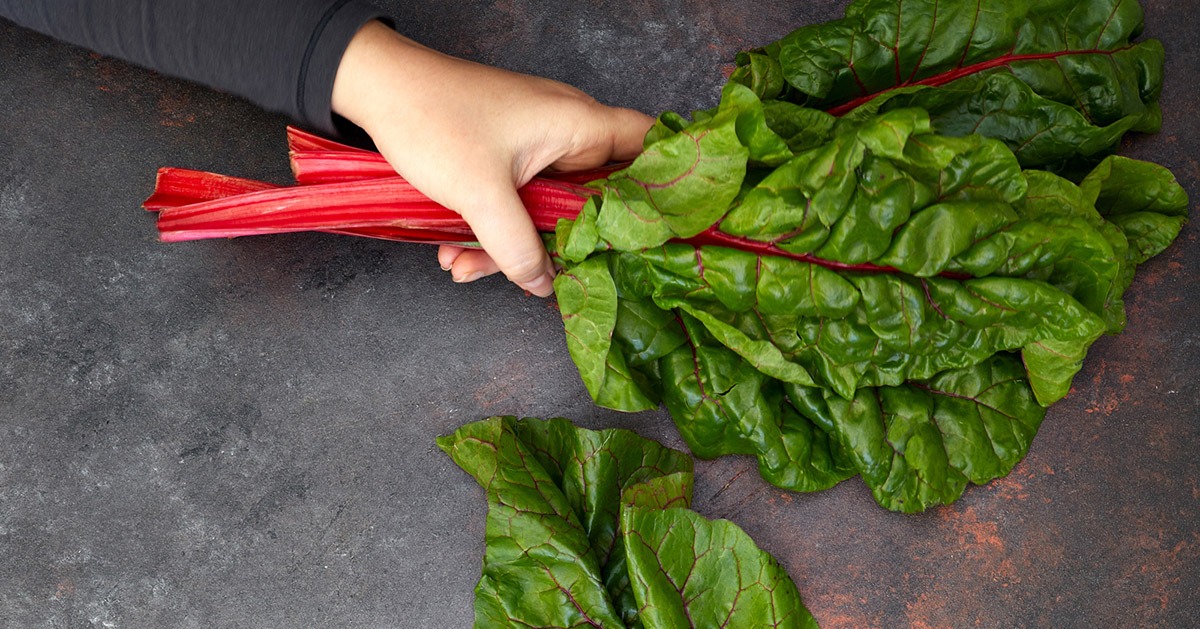What does visual storytelling mean?
One of the basic elements of a company’s marketing strategy is called “visual storytelling,” which means telling stories through images. Storytelling involves a series of mainly visual, auditory, and perceptual representations that demonstrate how the features of a product/brand can evoke emotions and, consequently, create a relationship with the audience.
Telling stories through images means highlighting the story of the work, processes, and techniques used to create food. At the same time, means highlighting the brand and product seen from the consumer’s point of view. Telling a food story through images is not an easy task, as they must contain many ideas, people, projects, dreams realized, and failures.
Storytelling requires creativity
Knowing exactly how a potential customer will react to the image that has been created requires a bit of experience and a great ability to observe. Will it convey the message that was intended? Experience is very important because it makes creativity shine. Creativity is like a raw diamond hidden by mud and rock.
Putting it into practice every day is like cleaning that diamond until it shines perfectly. An image that tells a story must be able to teleport the person who looks at it into that context, making them feel the atmosphere of a certain reality. Nothing is photographed by chance. Everything is built in detail to create the desired effect.
Food must be able to convey tactile sensations that are told through texture, plating, and cutting…
Have you ever looked at a photo and immediately had memories of your childhood? The warm bread just baked by grandma, or the atmosphere around the kitchen table while making Christmas cookies with your mother?
Each of us has wonderful stories inside. Our cherished memories peek out every time we see, hear, or touch something. How to tell stories through images?
What do you want to tell?
The choice of content to use depends on the message you want to communicate. If the goal is to promote a product, it may be necessary to create a set of images and videos to show the product in action and illustrate the production process. Alternatively, you could decide to tell the story of the product, from its origins to its production, also focusing on the company context and the human aspect of product creation.
Instead, if you want to capture a certain situation or moment, such as the preparation or presentation of a dish, you could opt for the use of atmosphere and composition, choosing whether or not to include people in the image.
How to do it?
In both cases, to tell stories through images, it is important to ensure that they are very beautiful, and well-crafted and that the colors are harmonious. The images must immediately stand out even if they are in the midst of many others.
Expressing an opinion about a product, recipe, or ingredients is very important. This opinion should be focused on quality, awareness, and responsibility regarding food choices. It is essential to convey correct concepts in line with social, economic, and environmental spheres, as well as culinary trends. They must respond to the demand for transparency and give food authenticity and identity. In narration, the emphasis must always be placed on the human aspect and not on the product itself.
The relationship between people and food, especially in products from the land, must be emphasized. In the midst of the supply chain from the field to our tables, there are always human beings. Images and videos created primarily for social networks find a means to reach consumers directly, involving them. The visual aspect is very important and can convey a message better than any other means.
Clear and simple communication
Another important element in creating winning food images from a communication standpoint is the simplicity of the composition. The focus should be on the texture of the food, trying to photograph it in a way that creates a multisensory experience. The food, through the image, should not only be seen but immediately evoke a desire to be tasted.
An image that leads to the intense stimulation of all the senses and creates a connection with reality is always a winner. It is said that the success of a food photograph lies in its ability to awaken the appetite. Communication should be close, clear, plausible, and accurate.


Atmosphere and colors
The atmosphere created around food can be important for conveying a certain message. The style and setting immediately convey the idea of the season, for example, a dark atmosphere can tell the story of autumn or winter, while white combined with red speaks of Christmas. Orange or turquoise immediately give a sense of summer and so on. Color is what is noticed first and can influence mood and choices.
Shooting angle and orientation
The shooting angle can tell various aspects of the food, helping to capture a moment or convey a sensation. To properly capture the structure of the food, the orientation of the images must also be taken into account. For example, when photographing smoothies, dripping foods, multilayer sandwiches or very tall cakes, it is recommended to use vertical orientation and shoot the food from the side. When photographing a simple pasta dish, horizontal orientation is used. In choosing the orientation, the context where the photos will be inserted must also be considered.
Video shooting
Video footage of the entire process of creating food, from the origin of the ingredients to arrival at the table, is very useful. Especially the behind-the-scenes footage of the photo shoot service.
Engage the Client
Engaging the client in the creation process is crucial. It can happen that, despite a good brief, the photographer may not interpret the client’s desires correctly.
Using a mood board is extremely advantageous when it comes to telling stories through images. A mood board is a collection of drawings, images, textures, colors, and written ideas, a collage that helps to give direction to the story that is to be created. Using a mood board at the beginning of the project helps the client and the photographer to agree on a common vision of the style to be adopted.
At the same time, it serves to verify that the direction is the right one to avoid wasting time on work that does not meet the project’s needs. In essence, the mood board is a useful tool for maintaining coherence and effectiveness in the visual story.
The client places their trust in the photographer because they see that the photographer takes their needs into account and actively involves them in the project.
Relying on a professional
In conclusion, the success of a marketing campaign and even of a company largely depends on visual communication. But also on how its story and products are told through images. Therefore, it is important to rely on a professional who is capable of realizing all of this.
Here is a practical example of how, some time ago, I used photo storytelling to promote a Caesar sauce.
“Having salad dressing on hand can turn an ordinary meal into something extraordinary.”
Did you know?
The name Caesar dressing comes from Caesar salad, and there are two different stories about the origin of the name of this salad. One story says that it was named in honor of Julius Caesar.
Another story tells that Cesare Cardini, an Italian immigrant in the United States, developed the salad dressing in the 1920s for his restaurant in Tijuana, Mexico.
Read also “Props For Food Photography”
